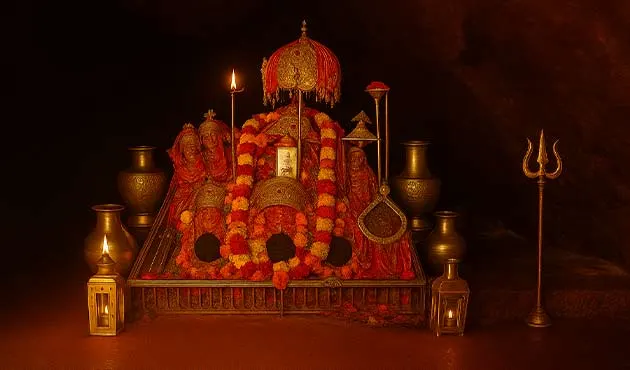
Vaishno Devi, also known as Mata Rani or Vaishnavi, is a revered form of the Hindu Mother Goddess Durga and a symbol of divine feminine power. The sacred Vaishno Devi Mandir, located in the Trikuta Mountains of Jammu and Kashmir, is one of the most visited Hindu temples in India, attracting over 10 million pilgrims annually. Considered a top attraction in Katra, the goddess is believed to be a form of Shakti or Parvati. She is beautifully adorned in red, with eight arms holding symbols like a trident, bow, lotus, mace, and sword, and she rides a majestic tiger.
Bhairon Temple, also known as Bhairon Nath Temple, is an essential part of the Vaishno Devi pilgrimage, located approximately 2.5 kilometers uphill from the main Vaishno Devi Bhawan. It is believed that the holy journey to Vaishno Devi remains incomplete without paying homage at Bhairon Temple. According to legend, Bhairon Nath sought forgiveness from Mata Vaishno Devi before his death, and she granted him a boon that devotees must visit his temple to complete their pilgrimage. The temple is situated at a higher altitude and offers breathtaking views of the Trikuta Hills, enhancing the spiritual and scenic experience for devotees.
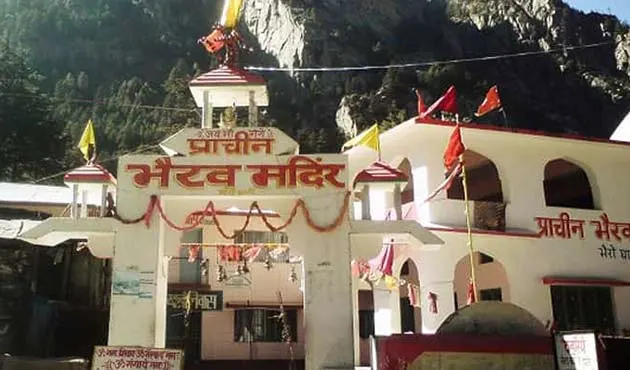
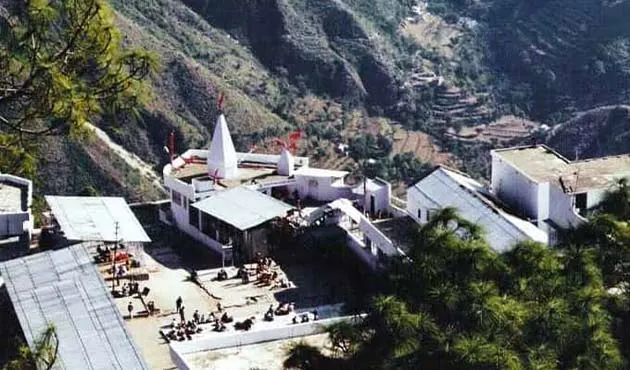
Adhkuwari is a highly revered spiritual stop on the way to Vaishno Devi, located about 6 kilometers from Katra. It is believed that Mata Vaishno Devi spent nine months meditating in this narrow cave, known as the Garbh Joon, while hiding from the demon Bhairon Nath. Devotees crawl through this womb-shaped cave, symbolizing a spiritual rebirth and cleansing of sins. The temple holds immense religious significance, and many pilgrims consider their yatra incomplete without visiting Adhkuwari. It is a peaceful, divine place where devotees seek blessings, strength, and protection before continuing their trek to the Vaishno Devi Bhawan.
Sanjichhat is the highest point on the way to the Vaishno Devi shrine, located approximately 9.5 kilometers from Katra. It offers breathtaking panoramic views of the surrounding mountains and valleys. Sanjichhat serves as a resting point for pilgrims, providing facilities like shelters, refreshments, and helicopter services. The place holds spiritual significance as it is believed that Mata Vaishno Devi rested here for a while before proceeding to the holy cave. Devotees often pause here to relax, enjoy the scenic beauty, and rejuvenate themselves before continuing the final leg of their pilgrimage to Vaishno Devi Bhawan.
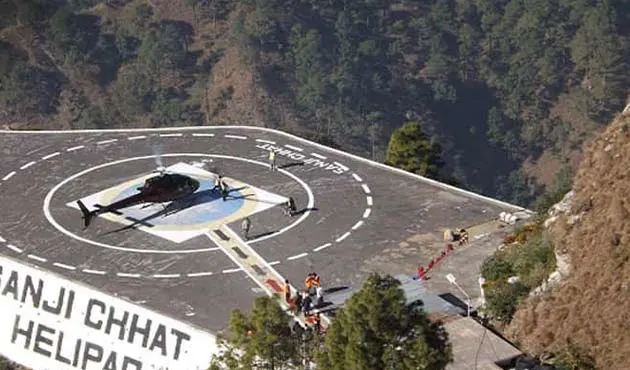
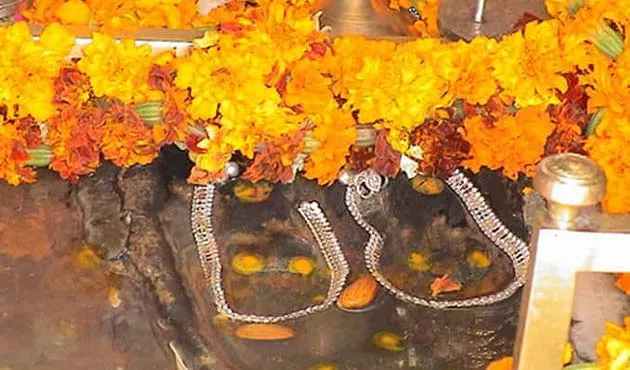
Charan Paduka is a sacred spot located about 1.5 kilometers from Banganga on the way to the Vaishno Devi shrine. It is believed to be the place where Mata Vaishno Devi paused and left the imprint of her divine feet on a rock. Devotees stop here to seek blessings and catch a glimpse of the holy footprints, symbolizing her presence and protection. Surrounded by natural beauty, Charan Paduka offers a peaceful environment for pilgrims to rest and pray before continuing their spiritual journey towards the Vaishno Devi Bhawan.
Banganga is the first major stop on the way to the Vaishno Devi shrine, located about 1 kilometer from Katra. It holds great religious significance as it is believed that Mata Vaishno Devi created a stream here by shooting an arrow into the ground to quench the thirst of her devotee, Hanuman. Pilgrims often take a holy dip in the sacred waters of Banganga before starting their trek, as it is believed to purify the soul. The serene surroundings and spiritual atmosphere make it an important and divine starting point for the yatra.

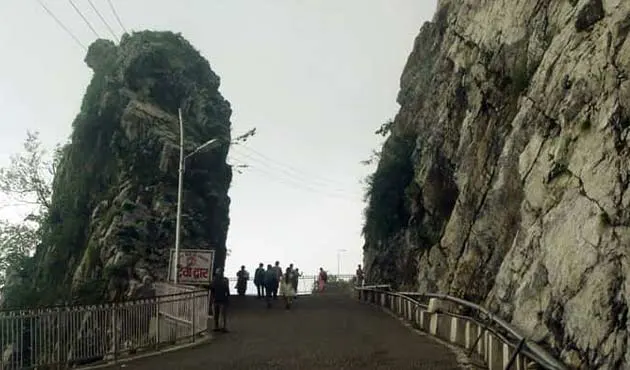
Himkoti is a beautiful viewpoint located on the way to the Vaishno Devi shrine, around 8 kilometers from Katra. It is known for its breathtaking panoramic views of the lush green hills, valleys, and surrounding landscapes. Unlike other stops, Himkoti holds no major religious significance but serves as a popular resting and refreshment point for pilgrims. The area features well-maintained gardens, food stalls, and a viewpoint offering scenic photo opportunities. Himkoti provides a peaceful break during the yatra, allowing devotees to relax, enjoy nature’s beauty, and rejuvenate before continuing towards the Vaishno Devi Bhawan.
Shiv Khori is a famous cave shrine dedicated to Lord Shiva, located around 70 kilometers from Katra in the Reasi district of Jammu. The sacred cave is about 200 meters long and naturally houses a self-manifested (Swayambhu) Shivling, believed to be eternal. The cave’s interiors are adorned with natural formations resembling various Hindu deities. Pilgrims believe that visiting Shiv Khori fulfills wishes and brings divine blessings. The spiritual atmosphere, coupled with the scenic surroundings of hills and greenery, makes it a popular pilgrimage destination alongside Vaishno Devi for devotees seeking peace, devotion, and divine blessings.
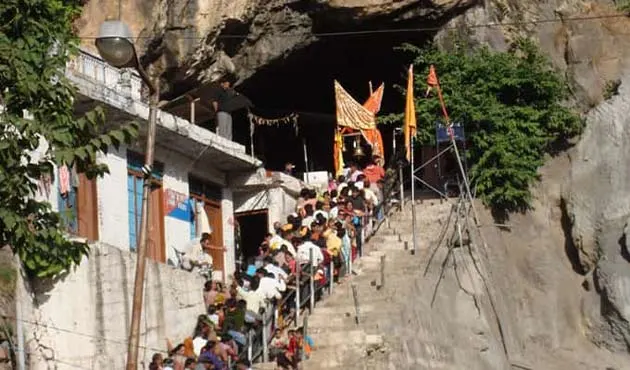
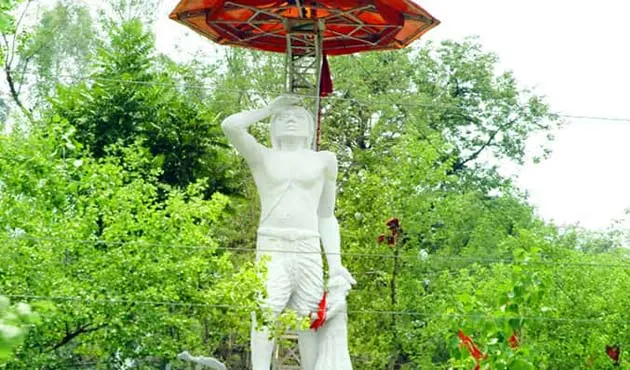
Aghar Jitto is a revered religious site located about 5 kilometers from Katra on the way to Vaishno Devi. It is dedicated to Baba Jitto, a legendary farmer and devotee of Mata Vaishno Devi, known for his fight against injustice and exploitation by landlords. The site marks the place where Baba Jitto sacrificed his life for farmers' rights. Devotees visit Aghar Jitto to pay homage and seek blessings for prosperity, justice, and courage. The serene surroundings and spiritual significance make it an important stop for pilgrims on their journey to the Vaishno Devi shrine.
Dera Baba Banda (or Dera Baba Banda Bahadur) is a historic 300‑year‑old Sikh gurudwara located near Katra, on the banks of the Chenab River, approximately 28 km from Katra Railway Station. The shrine commemorates Baba Banda Singh Bahadur—an esteemed disciple and military commander of Guru Gobind Singh—whose ashes rest here alongside relics gifted by the Guru, including a bow, arrow, and sword. Every April during Vaisakhi, a three‑day mela attracts tens of thousands of Sikh and Hindu pilgrims who gather to seek blessings, enjoy kirtan, and honor the saint‑soldier’s legacy
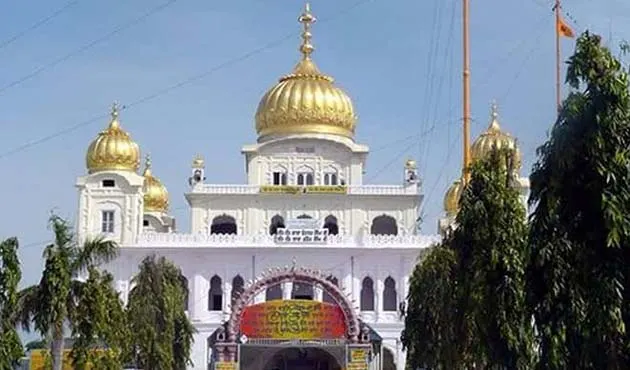
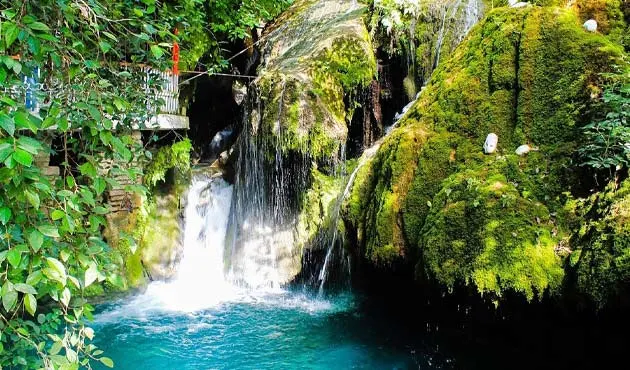
Baba Dhansar is a revered Shiva shrine nestled beside the sacred Karua Jheel, roughly 15–17 km from Katra in Jammu & Kashmir’s Reasi district. A short 200 m walk down from the road leads through lush forests to a natural spring and cascading waterfalls that feed into a holy rivulet. The cave temple houses a naturally formed Shivling which is continuously bathed by dripping water year‑round. According to legend, Baba Dhansar—the saintly son of Sheshnag—prayed to Shiva, who then vanquished a demon troubling the local villagers. Bathing in the Karua stream downstream is believed to fulfill devotees’ wishes, and an annual mela during Maha Shivaratri draws many pilgrims.